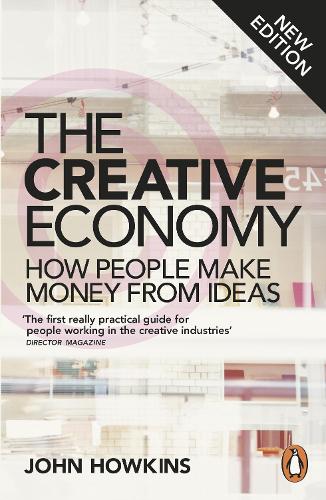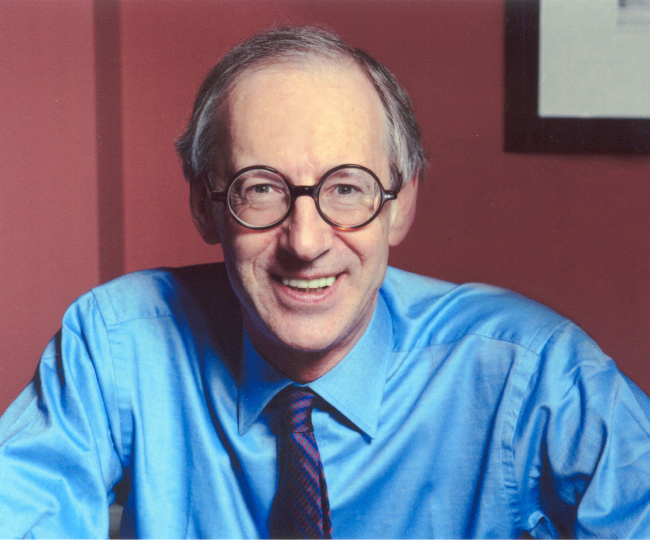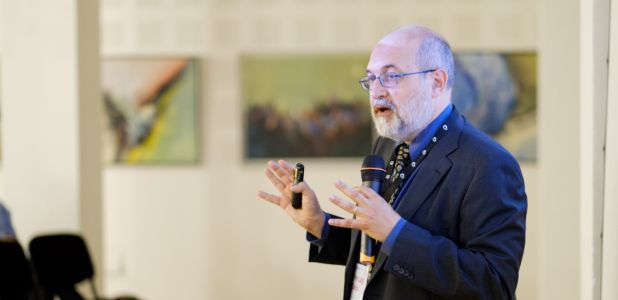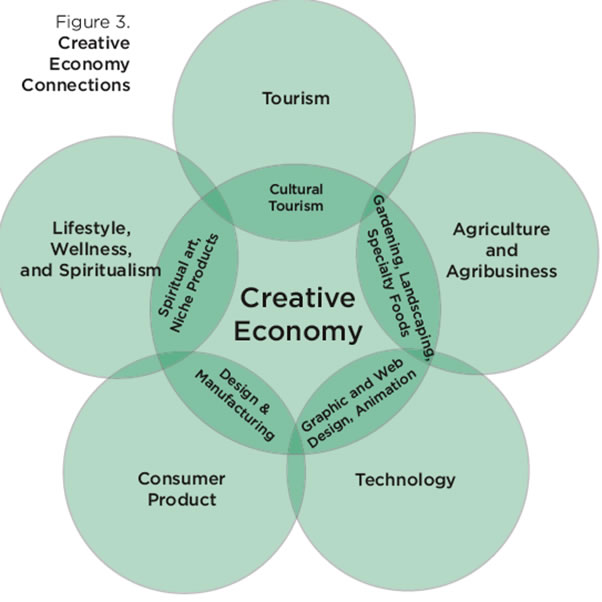Article by Drivhuset
Image above: http://glenschool.com/
Let’s understand what a creative economy is. The term was created in 2001 when researcher John Howkins wrote “The Creative Economy: How People Make Money from Ideas”.

Image: https://www.waterstones.com/

John Howkins: inventor of the term “creative economy” – Image: http://www.koreaherald.com/
He defined that the creative economy as a whole is a set of individuals and businesses that creates a cultural, artistic, or innovative product. He also included in the concept of creative economy creative environment that help representatives of the creative economy to cooperate, share experiences, and interact with each other.
The main point of John Howkins’s work was that he singled out the ideas and creativity of individuals as the basis of economics in the modern world, which replaced the traditional approach, when economic success was based on a resource or object – such as land, labor, or capital. John Howkins says that the key factor for competitive advantage is the creative potential of a person – creativity and ideas.
Another interesting feature of the creative economy is that by its very nature, it brings great satisfaction and a wide range of opportunities for self-realization to all who are involved in its creation.
In addition, the creative economy gives new life to goods, services, production, which may have previously had more traditional formats – and bringing new creative elements, develops them in new directions. The creative economy changes the spaces in which we live and makes them radically different.
Creative economy is an area that is one of the most dynamic, and it is developing very actively in comparison with other sectors of the economy. The reasons for this are that it is less tied to certain resources and physical objects and, accordingly, has more mobility and export potential.
Cultural economist and researcher from IULM University Milan Pier Luigi Sacco also draws attention to the value of the creative economy in the age of globalization. It helps to preserve local features and identities in an environment where the world is becoming more unified. Professor does a lot of work on the intersection of the cultural economy and ongoing digitalization happening in the modern world. ‘The interesting thing about the digital is that it’s not simply a way to dematerialize our expression, but also an incredible way to enhance our capacity to generate content,’ says Professor Sacco, ‘You can compress in the space of a laptop what previously was a recording studio. The consequence is that the production of content has become so easy and so affordable, that basically everybody does it, the sharp separation between authorship and audience is blurred.’

Pier Luigi Sacco – Image source: https://pro.europeana.eu/
Let’s take another look at the John Howkins model and how it describes the creative economy.

Creative economy – Image: http://glenschool.com/
If you look at these circles, you can see that the creative economy is not just about those industries that directly create a creative product in themselves. They also closely intersect and interact with other sectors of the economy, such as agriculture, tourism, technology. When the creative economy intersects with traditional industries, new interesting creative directions of the economy emerge.
For example, when the creative economy intersects with tourism, so-called cultural tourism emerges. Or when the creative economy intersects with consumer goods, emerges industrial & manufacturing design that dramatically changes our way of life.
